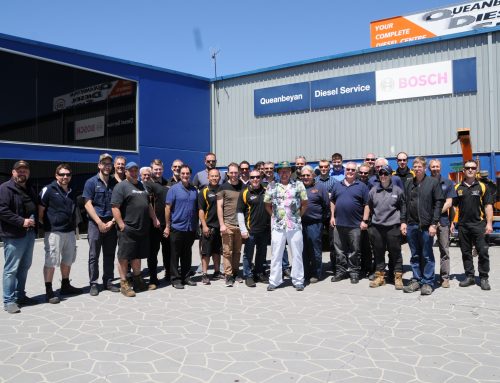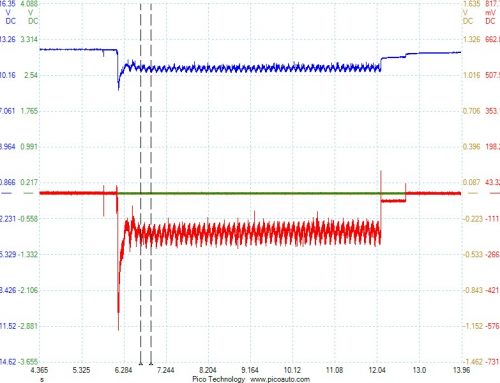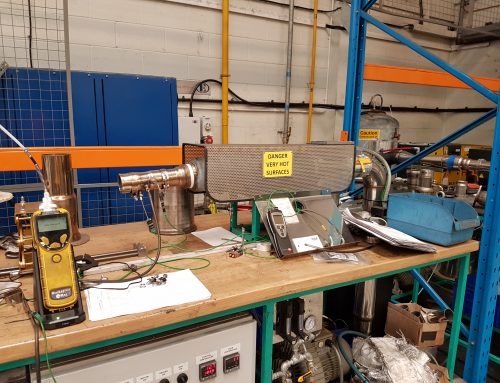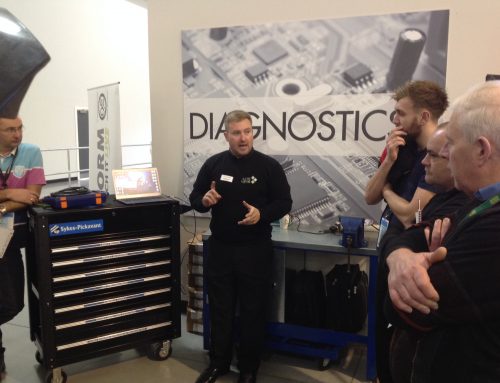Diagnostics by nature can be quite repetitive, and I’m tempted to say boring; the obvious danger is omission or complacency in your process. This risk becomes greater with experience, the temptation to pre judge or take short cuts is always there.
Sometimes the challenge is down to incomplete information, or the dreaded been worked on before, often adding to or masking the original symptoms.
With this in mind a particular challenge came our way quite recently.
Vehicle- BMW 318i/e91 eng/n46b20b
Arrived in our workshop courtesy of a good local retail customer, this vehicle suffered a misfire symptom, especially from cold.
The previous history was reported in quite some detail, previous to our involvement, it had been established that this vehicle had a long history of work carried out by the local BMW dealership without success.
The vehicle had recorded misfire events with #4 cly,there was also a timing chain rattle on cold start up although not severe.new coils and sparking plugs had been fitted.we began with a comprehensive serial data examination , focusing on live data,some of you may have noticed how poor dealership level live data has become!
The vehicle ran remarkably well at idle , only displaying the misfire under severe load.
Possible faults fall into 3 main categories
- fuelling errors
- ignition malfunction
- mechanical malfunction
All quite straight forward 20 years ago, however the n46 Engine offers more of a challenge, with variable valve timing”vanos”,and difficult component access to say the least.
We began by examining the spark plugs, they were quite sooty, soft soot common with poor combustion properties,we opted to apply a thorough BG flush process both in the oil and intake system ,suspecting sticking valves or tappets.
Replacing the oil and re assessing the engine did show an improvement but the underlying problem persisted.
During our examination of the ignition system with the Pico scope we noted a wiring problem @ #4 coils, wiggling the loom induced a definite misfire, job done? Well not quite.
Further testing with the scope it was noted that the vanos was slightly out of position, coupled with the timing chain noise we advised it be replaced.
Following its replacement a further improvement was gained, when at normal operating temperature the engine ran quite well. Exhaust gas analysis was perfect, even on acceleration he’s rose to approx 250ppm.
However from cold, load acceleration still produced a misfire?
Conventional compression testing failed to produce sufficient evidence or confidence to strip the engine.
Due to the lack of live data we were forced to obtain a donor vehicle for comparative testing, this came in the disguise of a z4 with an identical engine.
All electronic data matched perfectly.
Ignition burn profile, injector current path, frequency, valve timing position, and even lambda sensor evaluation, all failed to provide any further evidence.
Common sense at this point would suggest an engine mechanical problem, wouldn’t it?
This is the point I made earlier about 20 years ago,
It’s at this point I focused on the criteria required to monitor the problem. A cold engine with a narrow window of opportunity, the engine not only running but on load, and monitoring functionality in real time!
Back to the Pico I think, firstly I had to establish best criteria from a good known sample the Z4.
I decided to conduct a compression test in real time with the engine running, the initial evaluation included a crank, start, run, and acceleration profile of the engine compression performance.
Waveform 1- Z4
Note the overall profile and compression value expressed in voltage using the Pico pressure transducer.
Next we applied the same test in identical conditions to the 318i,
Waveform 2-318i
Note similar crank start and idle values , reinforcing earlier test results , however on acceleration note a much lower cylinder pressure, and more significant the compression loss on full load.
Waveform close up 3
The remarkable thing is that the compression anomalies can occur on individual piston strokes, all fuelling and ignition had of course been removed from the test cylinder, leaving only mechanical functionality responsible for the results.
So there we have it, a internal mechanical problem, what restrained us in forming a decision sooner was a lack of absolute proof, not a bad thing , but also the cost implications , if we got it wrong !
Caution Verses common sense.
By Frank Massey









Frank, it is a whole different world out there, once anyone with a small bit of common-sense could fix there own cars, but it is a different story in today’s world of computers on wheels. Like always, loved your story and nothing beats the sort of prof we get by the use of our modern lab scopes and other sophisticated equipment we have available to us these days. Your a world leader in the world of Diagnostics and we appreciate the huge contribution you and your son offer us. Today it is all about science, we have to prove what is wrong before we can fix the problem.
Fascinating diagnostics by a true professional.Phil Ellisdin of Asnu says it all,”we can’t all be the Frank Massey’s of this world,but with the right training and tools we can certainly improve our skills”!
Regards Tom Harrison. (Asnu distributor for Canada).
Frank, just a thought from me,
It seems that you spent a good deal of time and expense on this vehicle only, in the end, although problem (area) has been diagnosed, not to have it cured. What was your customers reaction to your bill? I’m guessing that they would not want to go to the expense of engine strip/rebuild, especially if its a resale car.
point I trying to make I guess is that one eye always has to be on the clock, can you always see it through to the end or do you have to sometimes ‘give up’ in the interests of the cost?
Hi David,
A key point that we emphasise on our training program is risk assessment. essentially this is the condition of the vehicle, the value of the vehicle the process involved in the repair, the parts involved in the repair and of course the attitude of the customer. The next thing that must never change is that the process should never be affected by the cost. So what the difference between cost and price??? price = something you adjust by cutting corners fitting lower specification parts/not fitting parts or submitting to pressure from joe-blog the fix it man or the customer. the cost however is a value that is established by the process and therefore time expended in executing an accurate and professional assessment, together with the fitting of quality parts to a high engineering standard. The end result is a value for money durable repair.
Frank
when engine was striped what was the problem found with engine.did you say normal cold compression test was ok only scope compression test found it.
Hi Colin, unfortunately although the head was removed and examined , I had spoken with the engine re conditioner whom I had known for many many years , my original apprenticeship was in engine reconditioning , no obvious errors were visible . I did not get to find out what decision was taken with regards to a repair. Frank
So ultimately then after spending a lot of time and money on the initial diagnosis then having the engine dismantled am I correct in assuming that the real cause of the problem is still unknown?
Steve
Unfortunate to see this diagnosis and the culprit not to be known
Hi frank I regard the work you do as exceptional and explain procedures so apprentice to master can understand alot of the trouble with diagnostics is that vehicles are disposable even with the great expense put into there development. With cost/time becoming prominent in this internet instant press a button ordered era diagnostics is a difficult decision for a runabout vehicle owner.